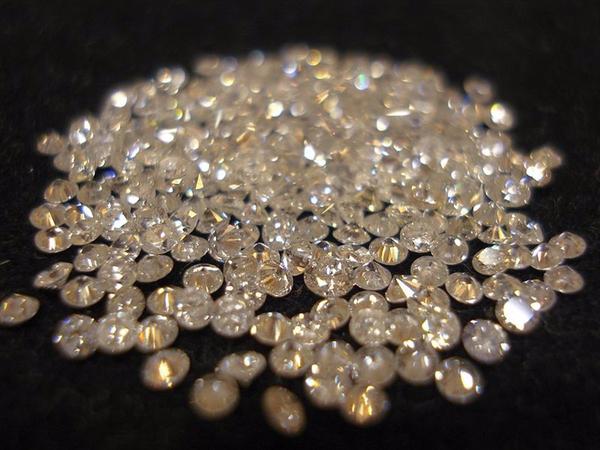Laboratory diamonds exceed Jewelry employees
Madrid, sea.(Press Europa) -
For the first time there are forceful evidence that hexagonal diamonds made by humans are more robust than cubic diamonds found in nature and are used in jewelry.
Called like this because of their six -sided crystalline structure, hexagonal diamonds have been found in some meteorite impact sites, and others have been briefly made in laboratories, but these were too small or had an existence too short to be measured.
Now, scientists from the Institute of Physics of the Washington State University created hexagonal diamonds large enough to measure their rigidity using sound waves. Sus hallazgos se detallan en un artículo reciente en Physical Review B.
"The diamond is a very unique material," says Yogendra Gupta, director of the Institute of Physics of the Shock and corresponding author of the study."It is not only the strongest, it has beautiful optical properties and very high thermal conductivity.Now we have created the hexagonal form of the diamond, produced through impact compression experiments, which is significantly more rigid and resistant than normal gems diamonds ".
Researchers have always wanted to create a stronger material than natural diamonds, which could have a variety of uses in the industry.While many theorized that hexagonal diamonds would be stronger, WSU's study provides the first experimental evidence that they are.

The main author Travis Volz, now postdoctoral researcher at the Lawrence Livermore national laboratory, focused his WSU thesis work on the creation of hexagonal diamonds from graphite.For this study, Volz and Gupta used gunpowder and compressed gas to boost small graphite discs the size of a ten cents at a speed of around 22.000 kilometers per hour on a transparent material.The impact produced shock waves on the albums that very quickly transformed them into hexagonal diamonds.
Immediately after the impact, the researchers produced a small sound wave and used lasers to measure their movement through the diamond.Sound moves faster through more rigid material.Previously, the sound moved faster through the cubic diamond;In hexagonal diamonds created in the laboratory, it moved faster.
Each process occurred in several thousand millionths of a second, or nanoseconds, but the researchers were able to carry out the stiffness measurements before the high -speed impact destroyed the diamond.
Rigidity is the ability of a material to resist deformation under force or pressure;For example, a rock is more rigid than rubber, since rubber is folded when pressed.Hardness is scratch resistance or other surface deformations.
The generally more rigid materials are also harder, said Volz.While researchers could not scrape diamonds to prove the hardness directly, by measuring the rigidity of diamonds, they can make inferences about their hardness.
If science advances to the point where hexagonal diamonds made in the laboratory can be created and recovered, they could have a variety of uses.
"Hard materials are useful for machining capabilities," said Volz."The diamond has long been used in bits, for example.Since we discover that hexagonal diamond is probably harder than cubic diamond, it could be a superior alternative for machining, drilled or any type of application where the cubic diamond is used ".
While the industrial advantages are clear, Gupta said that one day hexagonal diamonds can be used in commitment rings.Currently, cubic diamonds manufactured in the laboratory have less value compared to their natural peers, but hexagonal diamonds would probably be more novel.
"If we can produce and polish them one day, I think they would have more demand than cubic diamonds," Gupta said."If someone told you, 'Look, I'm going to give you the option of two diamonds: one is much rarer than the other.'.Which one would you choose?"


